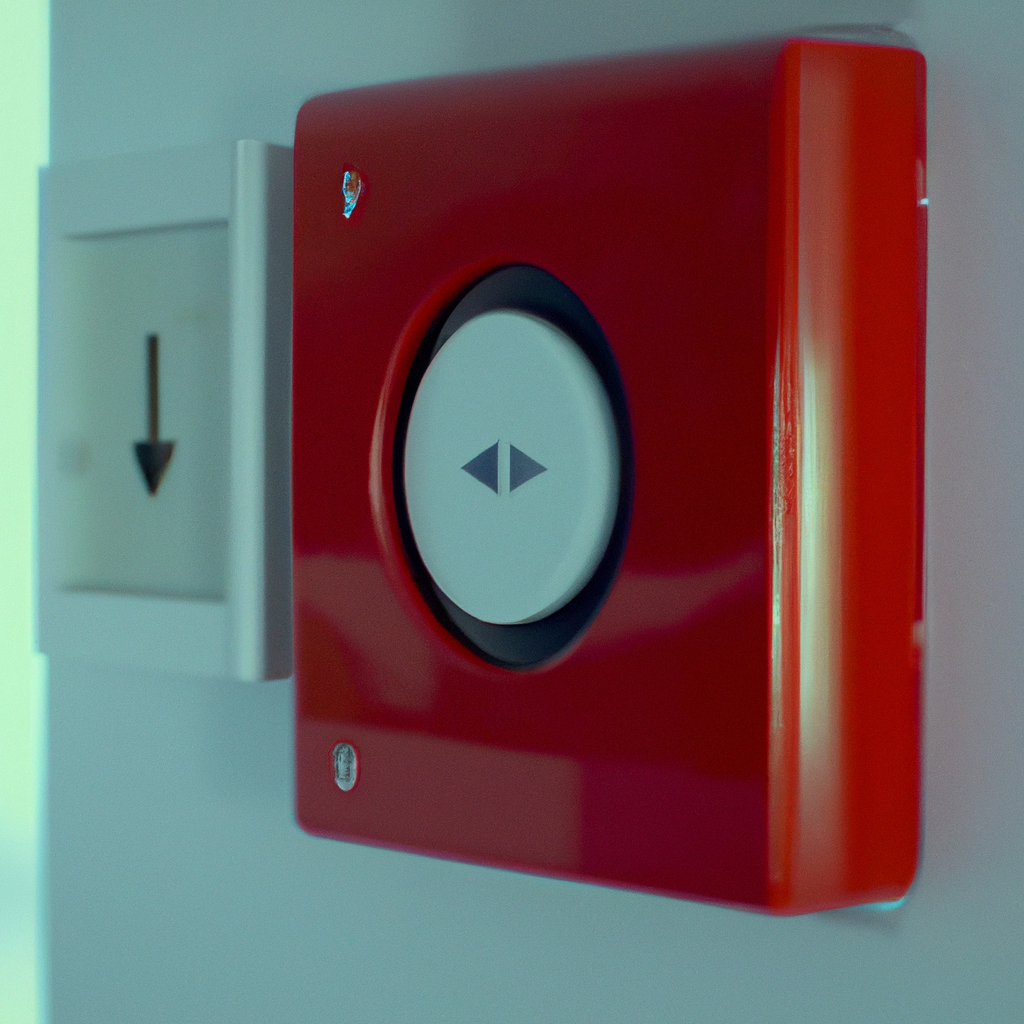Fire alarm systems are a crucial component of fire safety in any building. They help detect fires early and alert occupants, allowing for quick evacuation and emergency response. In this article, we will explore how fire alarm systems work, including fire detection, alarm monitoring, and fire suppression.
Fire Detection
The first step in a fire alarm system is fire detection. There are several types of fire detectors, including smoke detectors, heat detectors, and flame detectors. Smoke detectors are the most common and work by detecting smoke particles in the air. When smoke particles enter the detector, they trigger an alarm, alerting occupants of the building. Heat detectors are another type of detector that detects changes in temperature. They are typically used in areas where smoke detectors may not be effective, such as kitchens or areas with high humidity. Flame detectors, on the other hand, detect the presence of flames by sensing the infrared radiation emitted by the fire.
Alarm Monitoring
Once a fire is detected, the fire alarm system alerts the occupants of the building through an alarm. The alarm can be audible, visible, or both. Audible alarms typically sound a loud horn or bell to alert occupants of the building. Visible alarms, such as strobe lights, are used in areas where audible alarms may not be effective, such as loud or noisy environments. Some fire alarm systems also use voice alarms to provide specific instructions to occupants, such as directing them to the nearest exit.
In addition to alerting occupants, fire alarm systems can also be connected to a central monitoring station. This allows for quick emergency response by trained professionals, who can dispatch firefighters or other emergency personnel to the building. The monitoring station can also notify the building owner or property manager of the fire, allowing them to take appropriate action.
Fire Suppression
While fire alarm systems are an essential part of fire safety, they are not always enough to prevent damage to a building or its occupants. In some cases, fire suppression systems may also be necessary. Fire suppression systems work by suppressing or extinguishing the fire through the use of water, foam, or other chemicals.
There are several types of fire suppression systems, including sprinkler systems, foam systems, and gas systems. Sprinkler systems are the most common and work by spraying water on the fire, extinguishing it or preventing it from spreading. Foam systems work by spraying a foam-based solution on the fire, suffocating it and preventing oxygen from reaching the flames. Gas systems, on the other hand, work by flooding the area with a gas that displaces oxygen, effectively extinguishing the fire.
Fire Prevention
While fire alarm systems and fire suppression systems are essential components of fire safety, preventing fires from occurring in the first place is the best way to protect a building and its occupants. There are several steps that building owners and occupants can take to prevent fires, including:
– Regularly inspecting and maintaining fire alarm systems and fire suppression systems
– Ensuring that electrical systems are up to code and free of damage or wear
– Properly storing flammable materials, such as gasoline or chemicals
– Properly disposing of cigarettes and other smoking materials
– Keeping cooking areas clean and free of grease buildup
Conclusion
In conclusion, fire alarm systems are a crucial component of fire safety in any building. They work by detecting fires early and alerting occupants, allowing for quick evacuation and emergency response. Fire suppression systems can also be used to extinguish or prevent fires from spreading. By taking steps to prevent fires from occurring in the first place, building owners and occupants can help ensure the safety of everyone in the building.







